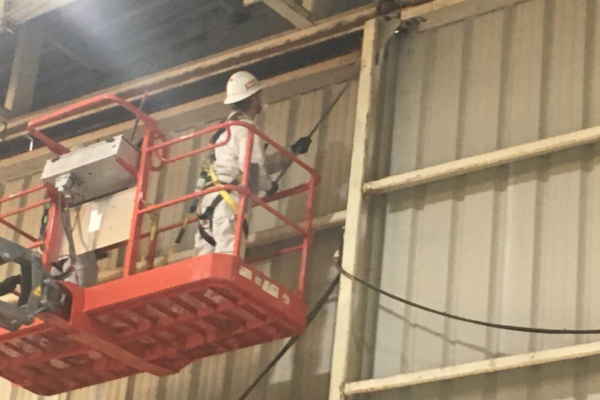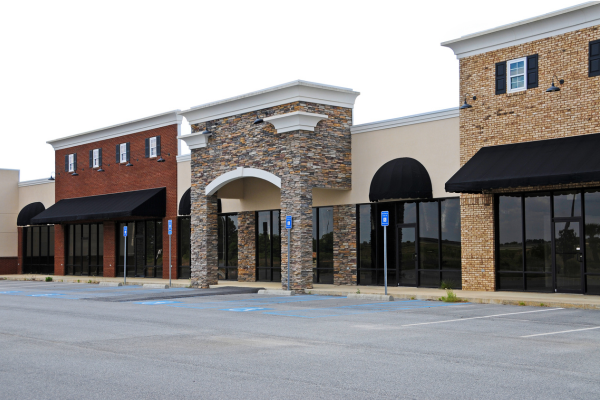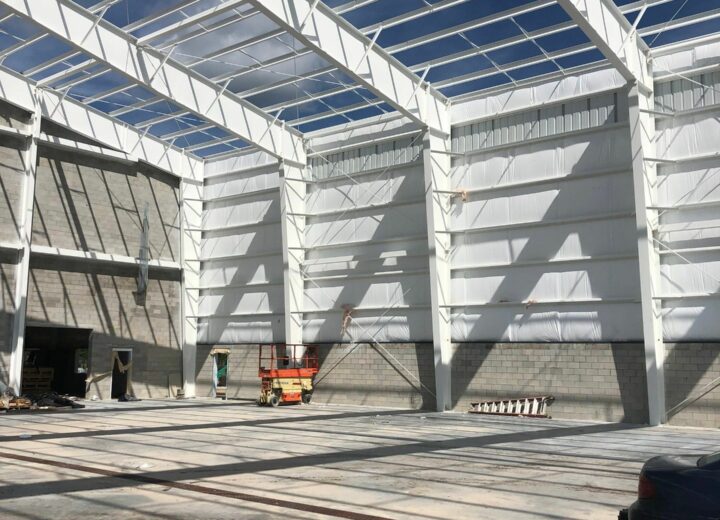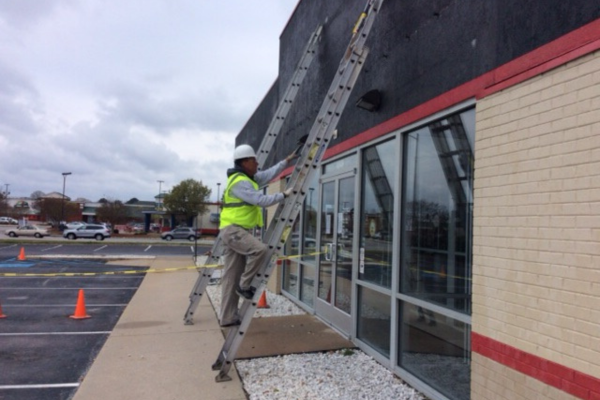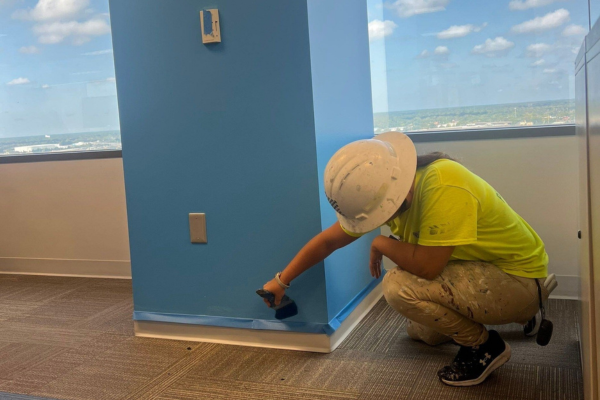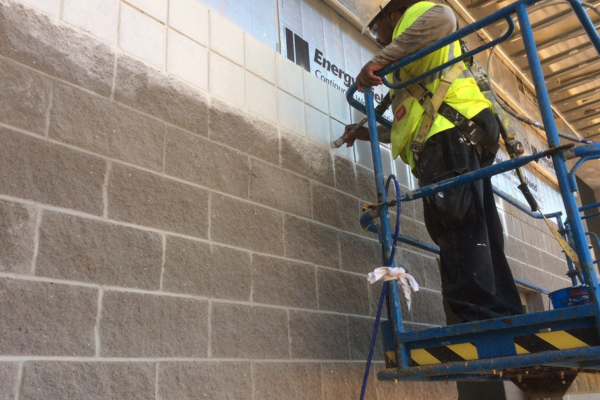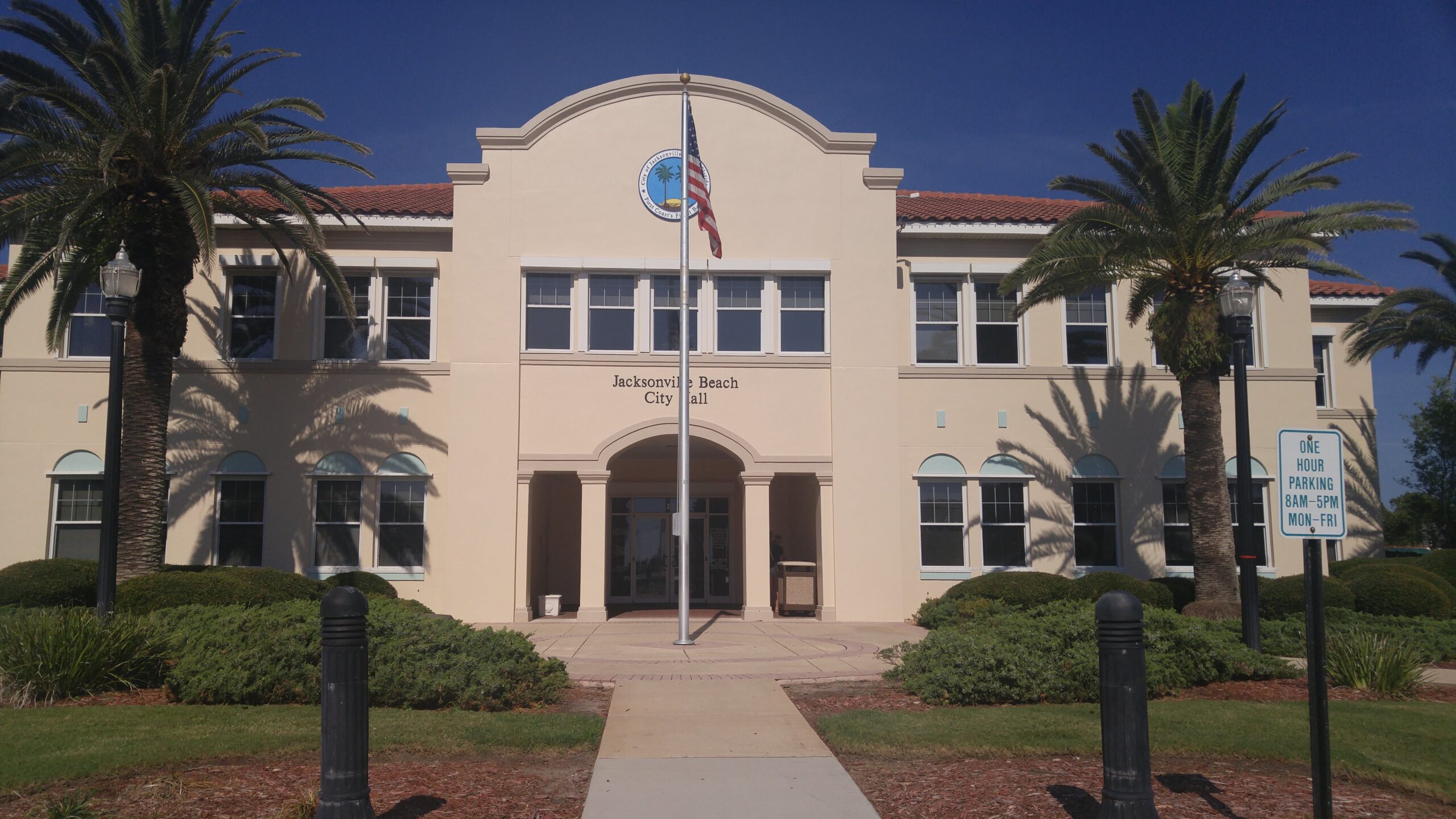 Every dollar spent by government institutions represents an important public trust. It’s crucial to get real value from investments, even when it comes to the basics of your facility’s maintenance.
Every dollar spent by government institutions represents an important public trust. It’s crucial to get real value from investments, even when it comes to the basics of your facility’s maintenance.
While it might seem a new coat of acrylic paint is all your agency needs, it’s wise to consider the future. Specialty coatings enable properties to stand the test of time far better than they would otherwise.
In the long run, that means a healthier budget and higher morale for your people and the public.
Specialty Coatings Are Growing as a Share of State and Federal Maintenance Investments
When working with contractors, state and federal officials are often trained to examine the lowest bids. To keep structures performing their best, this isn’t always a winning strategy.
As more communities face severe weather and public health concerns, administrators are learning just how valuable specialty coatings can be in mitigating risks.
Broadly speaking, a specialty coating has been formulated for properties that go beyond aesthetics. They don’t simply cover a substrate and improve its appearance: Instead, their chemistry imparts extra protection.
Specialty coatings have long been used in commercial and industrial workplaces. However, you do not need to work in a “harsh” setting for these coatings to cut time, effort, and cost from future maintenance.
After seeing the benefits, many agencies focus their future procurement on specialty coatings. If you are in a metric-driven, resource-constrained environment, it is easy to build the business case for their use.
Which Specialty Coatings Are Used in Government Buildings Most Frequently?
Naturally, your choice of specialty coating will vary based on a number of factors. Some of these might include your building’s occupancy levels, whether you see the public or only employees, the climate, and any hazardous materials used or stored around your workplace.
In general, there are some clear trends emerging in government use of specialty coatings.
Some of the most popular coating products include:
1. Microbicidal Coating
For environments where a high level of sanitation is crucial, nothing beats a microbicidal interior coating. It has only been a few years since Sherwin-Williams introduced the first true microbicidal paint product, but it has risen to become one of the most popular options in healthcare, eldercare, and education.
Unlike other coatings which may simply slow down the spread of disease-causing microbes, PaintShield actively destroys a number of pathogens that come into contact with its surface. These include MRSA, VRE, E. coli, and Enterobacter aerogenes, which cause many healthcare-associated infections every year.
Facilities that cater to the public can find microbicidal coatings especially beneficial. They should be a top priority in any situation where you serve those at higher risk of infection, such as the elderly, the very young, and immunocompromised individuals of any age.
2. Sealing and Waterproofing
With some cities seeing a clear uptick in instances of harsh weather, it’s vital to consider the safety of those you serve. Moisture intrusion can lead to mold or mildew, both linked to serious health threats. Appropriate waterproofing protects facilities from harsh rain and is a key part of flood preparation.
3. Intumescent Coatings
Intumescent coatings can expand to many times their original thickness when exposed to high heat. This protects structural members in a building during fire. It can also help keep exits and escape routes clear, potentially giving you more time to execute your evacuation plan safely.
What to Expect from Specialty Coatings Applied by Professionals
Naturally, the quality of your coatings depends in large part on those you entrust to apply them. Any team of contractors that applies for a government project – whether town, county, state, or federal – should be able to demonstrate a history of success in similar high-demand settings.
Done properly, specialty coatings offer a number of advantages:
Specialty Coatings are Longer Lasting
Although some specialty coatings require a brief curing period, they are highly forgiving and very durable once they have set. They last longer without chipping, cracking, or peeling, and need less maintenance. Specialty flooring systems can also be designed for easier cleaning.
Specialty Coatings Are VOC and OSHA-Compliant
To reduce your liabilities, ensure your professional painting team complies with all OSHA regulations. Whenever possible, they should use specialty coatings formulated to reduce exposure to Volatile Organic Compounds, which state and federal rules are gradually phasing out.
Specialty Coatings Look Great
Appearance may not be the #1 concern, but it makes a difference. The first impression your facility offers helps cement public trust in your mission. Today’s specialty coatings are formulated for superior aesthetics and have a wide variety of color choices to suit any situation.
Now more than ever, people want their government institutions to do the right thing. Specialty coatings help you live up to their expectations by saving money while delivering a high level of performance quality.
{{cta(‘9356bbf0-d14e-480d-988b-2427a4af661a’)}}

